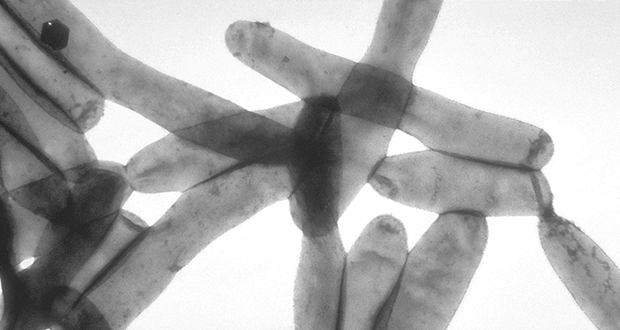
As cases of Legionnaires’ disease increase, reducing risk in hotel water systems is a priority for keeping guests safe. Luckily, nine out of 10 Legionnaires’ disease cases are preventable. Below are five simple ways to reduce the risk of a Legionnaires outbreak at a hotel.
1. Test the hotel’s water management plan.
To validate the effectiveness of a hotel’s water management plan, test it routinely. With ANSI/ASHRAE Standard 188-2015, Legionella water management programs are now an industry standard for large buildings in the United States. Maintenance, renovations, and service interruptions can cause particularly hazardous conditions. Routine testing for Legionella pneumophila is the only way to determine if a water management plan is working. According to the Occupational Safety and Health Administration (OSHA), “water sampling is critical to determining whether Legionnaires’ disease bacteria are present and at what levels.”
2. Request a test for Legionella pneumophila.
A single species of Legionella bacteria, Legionella pneumophila is the primary cause of Legionnaires’ disease. This species is responsible for 99 percent of the outbreaks tracked by the Centers for Disease Control and Prevention (CDC). World Health Organization (WHO) advisors also recommend testing for Legionella pneumophila, “not Legionella species, since this genus contains many species that do not cause illness.” By detecting Legionella pneumophila, hotels and water treaters can then respond appropriately.
3. Rely on a culture test.
Culture tests are the only reliable source of accurate quantification of Legionella. Polymerase chain reaction (PCR) and direct fluorescent antibody (DFA) tests do not discriminate between live Legionella and bacteria that have already been controlled and are not a threat to people. Lateral flow antibody “field tests” only detect a single serotype of all possible Legionella pneumophila and have high false-negative results, often missing the pathogen completely. Tests should provide a confirmed culture result for all serogroups of L. pneumophila.
4. Make sure results are accurate and reproducible.
Routine testing for Legionella pneumophila is the best way to ensure water management plan is effective so swift action can be taken if needed. The Legiolert Test, for example, has been shown to deliver confirmed results in seven days, significantly faster than the 10 to 14 days for traditional culture tests. Unlike traditional plate methods, which require subjective counts of colonies on Petri plates, the Legiolert Test’s results are 99 percent repeatable and reproducible, according to data from IDEXX Laboratories. Consistent data helps hotels make high stakes decisions on potential water quality issues.
5. Choose an accredited laboratory.
ANSI/ASHRAE Standard 188-2015 recommends using “a laboratory with demonstrated proficiency in the subject method, such as may be evidenced by certification by a national, regional, or local government agency or by an accredited non-governmental organization.” Laboratories that perform Legionella pneumophila testing with a method that is part of their accreditation and quality system demonstrate that their testing is performed at the highest level of quality. Accreditation also affords the best legal protection if testing results ever come under question. ISO 17025 and the Environmental Microbiology Laboratory Accreditation Program (EMLAP; operated by AIHA) are nationally recognized accreditation options that include a Legionella pneumophila field of testing.
About the Author
Dan Broder, Ph.D., is a lead scientist at IDEXX Laboratories.
Top photo: Legionella pneumophila under an electronic microscope (Source: CDC Public Health Image Library)











